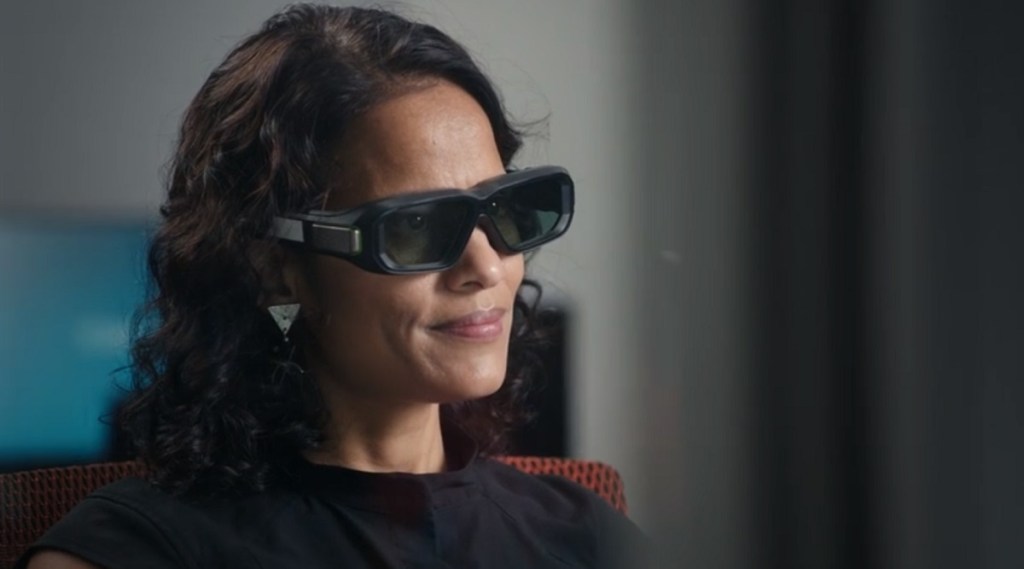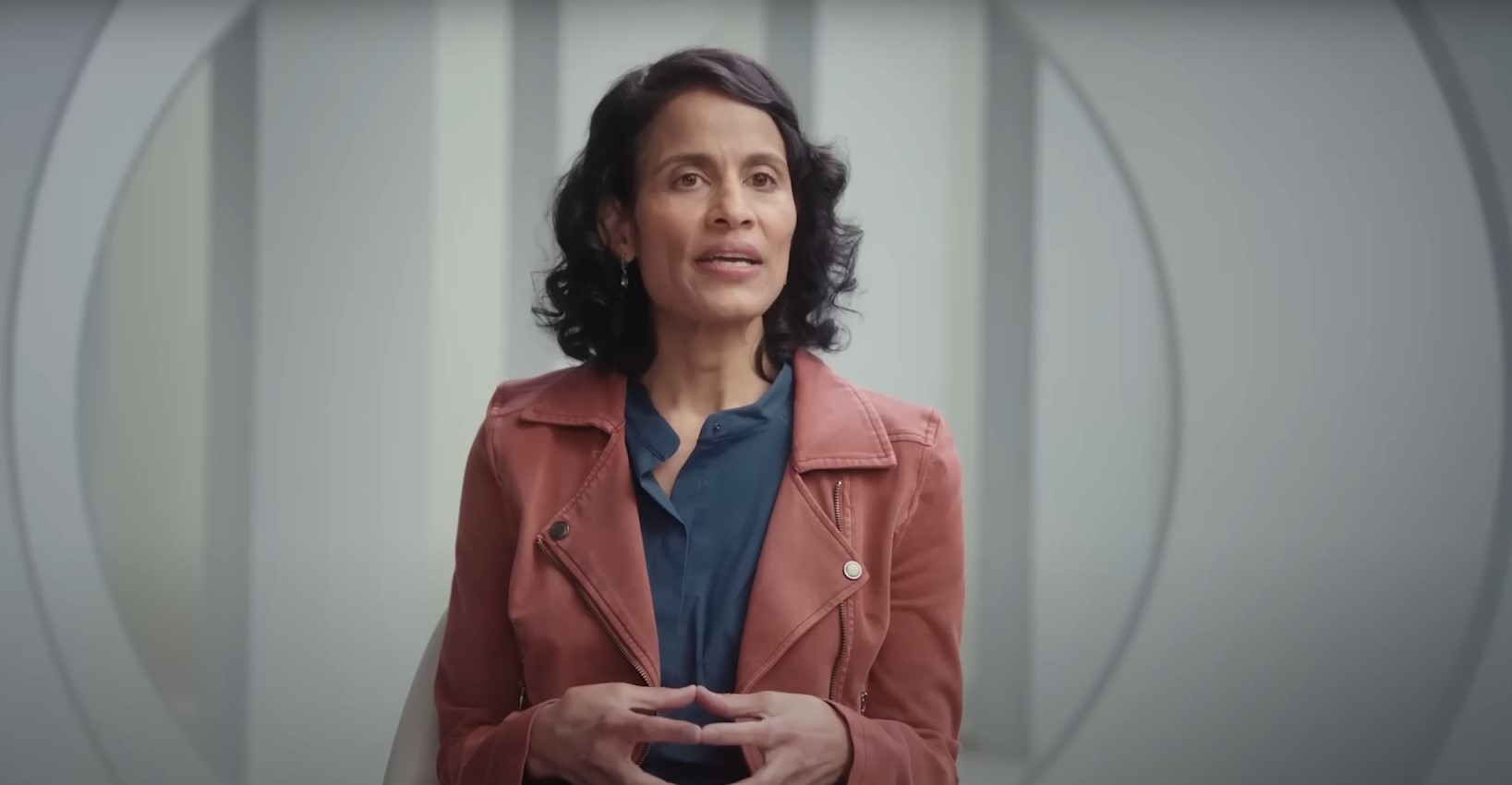If one were to name some of the coolest jobs in the world, driving a rover on Mars would probably be near the top of the list. For people like Vandi Verma, the dream job is actually a reality, though the path to achieving her goal was far from simple. If you think that driving an extraterrestrial vehicle is easy, you cannot be further from the truth. Through the Amazon Prime space exploration documentary ‘Good Night Oppy,’ viewers get to know more about what Vandi’s job entails and her contributions to the Mars Exploration Rovers (MER) mission. If you are eager to learn more about the space roboticist and her current whereabouts, here is what we know about the same!
Who is Vandi Verma?
Vandi Verma was born in Halwara, a town in the Indian state of Punjab, and went to Kendriya Vidyalaya, a school located within Halwara. As it turns out, Vandi became interested in space exploration at the age of 7 after she was gifted a book about the subject. For Vandi, the journey of driving vehicles started at the tender age of 11 when her uncle let her sit behind the wheel of a tractor. It was when she was visiting her grandparents in Central India, and her uncle was working on the farms. Her father was actually a pilot in the Indian Air Force and taught Vandi how to drive a car as a teenager.

After completing her schooling, Vandi became a student at Punjab Engineering College and got her bachelor’s degree in electrical engineering. She went on to join the American University at Washington DC and got her master’s qualification in Computer Science. In August 1998, Vandi started her doctorate at Carnegie Mellon University (CMU) and got her Robotics Ph.D. in October 2004. She also learned much about space exploration and technology as a student.
While at CMU, Vandi was part of an astrobiology experimental station in the Atacama desert for three years. The location was chosen to act as a simulation for the arid conditions on Mars. Her work includes tests in the Arctic and Antarctic, along with an award-winning robot that could navigate mazes and collect balloons. Following in her father’s footsteps, she also acquired a pilot’s license.
Beautiful Saturday morning @NASAJPL. Looking forward to a day of strategic planning with some awesome folks on @NASAPersevere. pic.twitter.com/RuzRI1V9yL
— Vandi Verma (@spaceroboticist) January 15, 2022
Right after she completed her doctorate, Vandi started working for NASA Ames Research Center as a Research Scientist. One of Vandi’s biggest contributions to the space exploration industry is her help in the creation of PLEXIL (Plan Execution Interchange Language), an open-source programming language used by NASA for automation purposes. The technology has been used for the International Space Station, the Deep Space Habitat and Habitat Demonstration Unit, the Mars Curiosity rover’s percussion drill, etc.
The excitement and team spirit are one of my favorite parts of a rover landing. For daring missions like this you put complete trust in your teammates and it’s a special moment to watch the landing with others who have so much invested in it. pic.twitter.com/M9686E6nW0
— Vandi Verma (@spaceroboticist) February 18, 2021
Starting in November 2007, Vandi left Ames Research Center and joined Jet Propulsion Laboratory (JPL). Over the years, she has been part of numerous projects like Mars Exploration Rovers (Spirit and Opportunity), Mars Science Laboratory (Curiosity), and Mars 2020 Rover (Perseverance). Over the years, Vandi has written numerous academic papers that revolve around her work and areas of expertise.
Vandi Verma is the Chief Engineer for the Mars 2020 Robotic Operations Today
As of writing, Vandi is the Chief Engineer for the Mars 2020 Robotic Operations. She also holds the position of Deputy Manager of the Mobility and Robotic Systems Section of JPL. The number of people who have ever driven a rover is apparently less than 20, and Vandi is one of the most prominent names on the exclusive list. Her job requires much calculation and precision, given the extreme conditions of the extraterrestrial surfaces and the huge amount of investment that has gone into these projects.
No matter how many times you've had software you designed and coded run on Mars, the first few times on a new rover is pretty special. I'm sure many robotics and software enthusiasts can relate to that first execution joy. Was nice to be Rover Planner as well for Mars execution. pic.twitter.com/JteR2DIrRs
— Vandi Verma (@spaceroboticist) March 3, 2021
When not helping in the navigation of Mars rovers, Vandi can often be seen at JPL’s open house events, through which she hopes to encourage the younger generation to become interested in science-related fields. She is apparently married to Paul Tompkins. While she was working on the Mars Exploration Rovers project, the engineer was pregnant with twins, which allowed her to gain a better appreciation for Spirit and Opportunity, the twin rovers.
One of the things I love about working at NASA JPL is that most of us have multiple roles that utilize our unique backgrounds. Starting a Perseverance / Ingenuity shift with 3 hats – Tactical Rover Planner, Helicopter Integration Engineer and Robotic Operations new activity lead. pic.twitter.com/mccQjj3Fsy
— Vandi Verma (@spaceroboticist) April 5, 2021
In her downtime, Vandi enjoys cooking, skiing, and dancing. She and her friends also enjoy hiking the Sierras mountain range. Her other interests include backpacking the John Muir Trail and climbing the Royal Arches in Yosemite. Her passion for flying has led her to make multiple aerial trips to Castle AFB and see the SR-71.
Read More: Where is Abigail Fraeman From Good Night Oppy Now?


You must be logged in to post a comment.